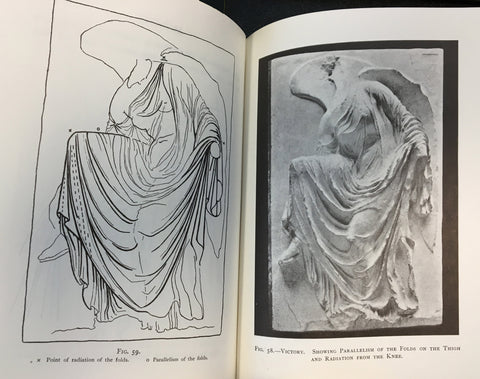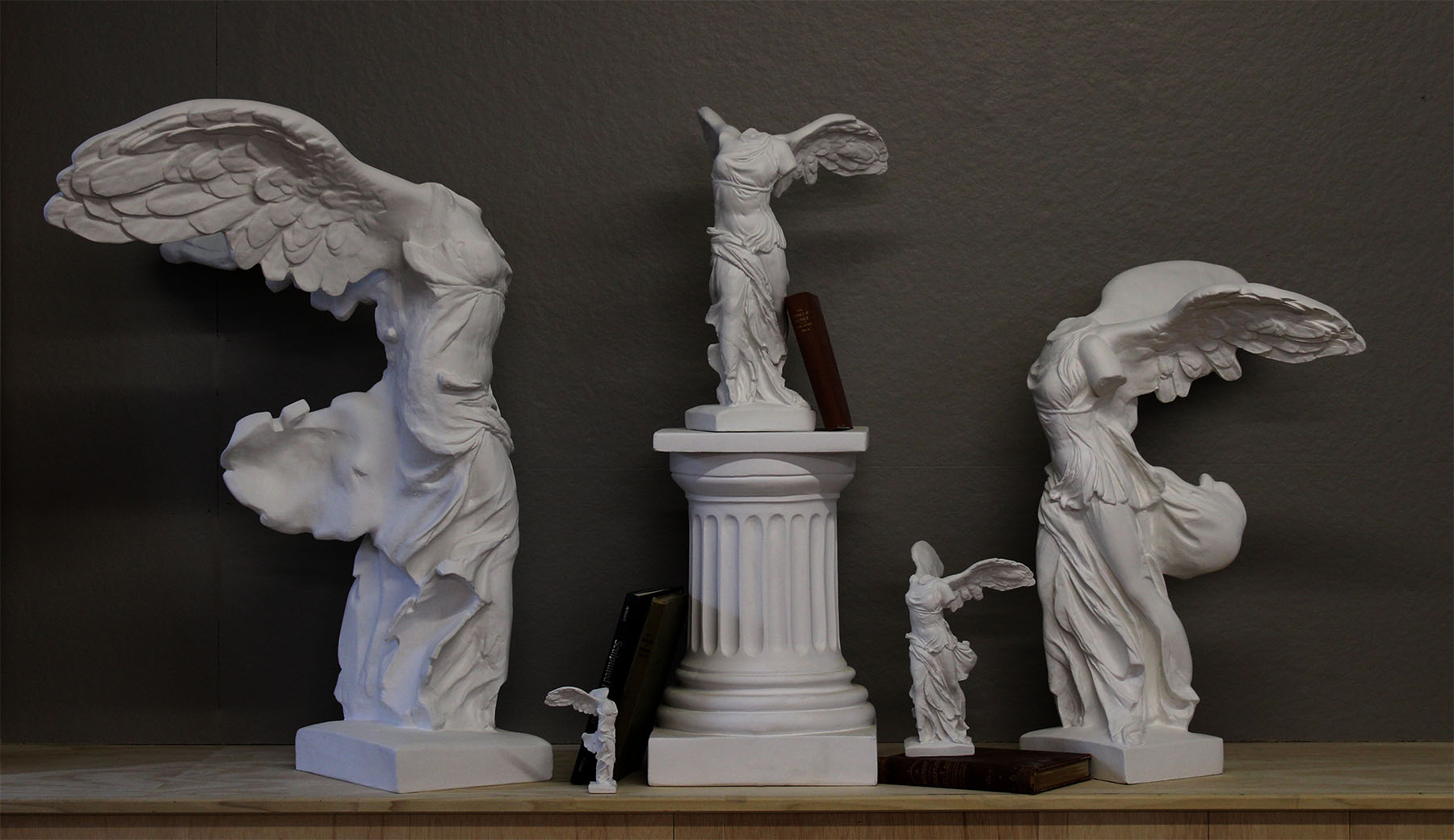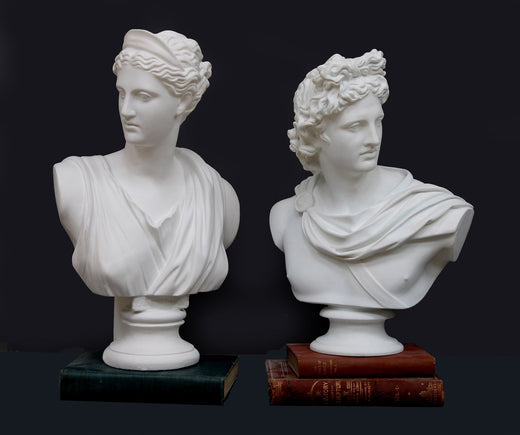A Look at Modelling and Sculpting the Human Figure by Eduoard Lanteri
Take care not to use the tool too much; it will prevent you from acquiring suppleness of the hand and from developing a fine touch … only use the wooden tool in places where the finger cannot get in.” – Edouard Lanteri
If you flip through the clay-stained pages of Lanteri’s Modelling and Sculpting the Human Figure, you’ll understand why it’s held an important place on our bookshelf. Though the original work is now over a hundred years old*, we still find great value in the timeless teachings, exercises and examples.
Lanteri, a master sculptor of his time, stresses starting with the basics. The first exercise is a careful study of form and anatomy of the face. He instructs on copying the features:
“The best models for the details of the face I consider to be those taken from the mask of Michel-Angelo’s ‘David.’ They are executed with such precision … that in copying them the student is seized with the desire to know the reason for these forms.”

Fig. 25 and 26 display a carefully copied Eye, which is the result of observation and an understanding of anatomy and form outlined in the pages preceding the image.
Copying the features is only the starting point to our learning. Lanteri gives detailed instructions on sculpting from nature, including the bust and the figure, as well as a chapter on the structure and technique of modelling drapery. His drapery exercises start with sculpting a model of a simple cloth from life (an inexpensive and fun way to learn!), and he later gives a tour of Greek art to show the possibilities of beautifully arranged drapery in figurative art.

Fig. 59 and 58 show the Greek Nike Fixing her Sandal illustrating how cloth falls draped on a nude. (Note: We carry a reduction of this piece as well).
One thing we like about Lanteri’s technique is that the student can gain the skills to study and reproduce form with proficiency, and thus start to become an artist in his or her own right. Have you found value from any of these exercises? Please feel free to share in the comments any thoughts you have on this book or others you have found to be educational.
Other casts pictured in this book:
- Venus de Melo
- Parthenon Frieze
- Nose, Mouth and Ear of Michelangelo
*The volume on modeling the human figure was originally released as two volumes under the title Modelling in 1902, and is accompanied by Modelling and Sculpting Animals. We are looking at the 1985 Dover Edition, which is unabridged and slightly revised, including an introduction written by Nathan Cabot.
Want content like this delivered to your inbox? Sign up for our newsletter!

